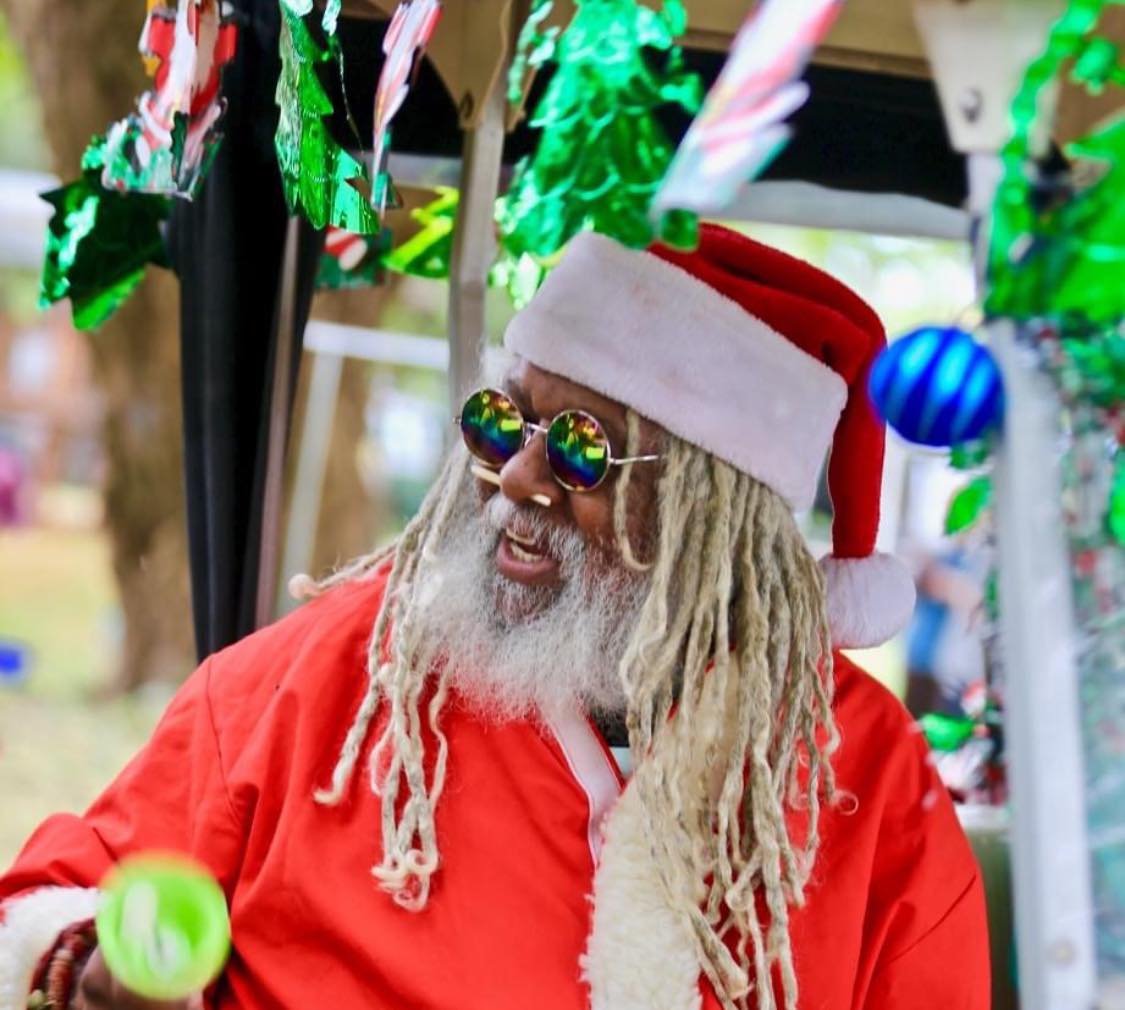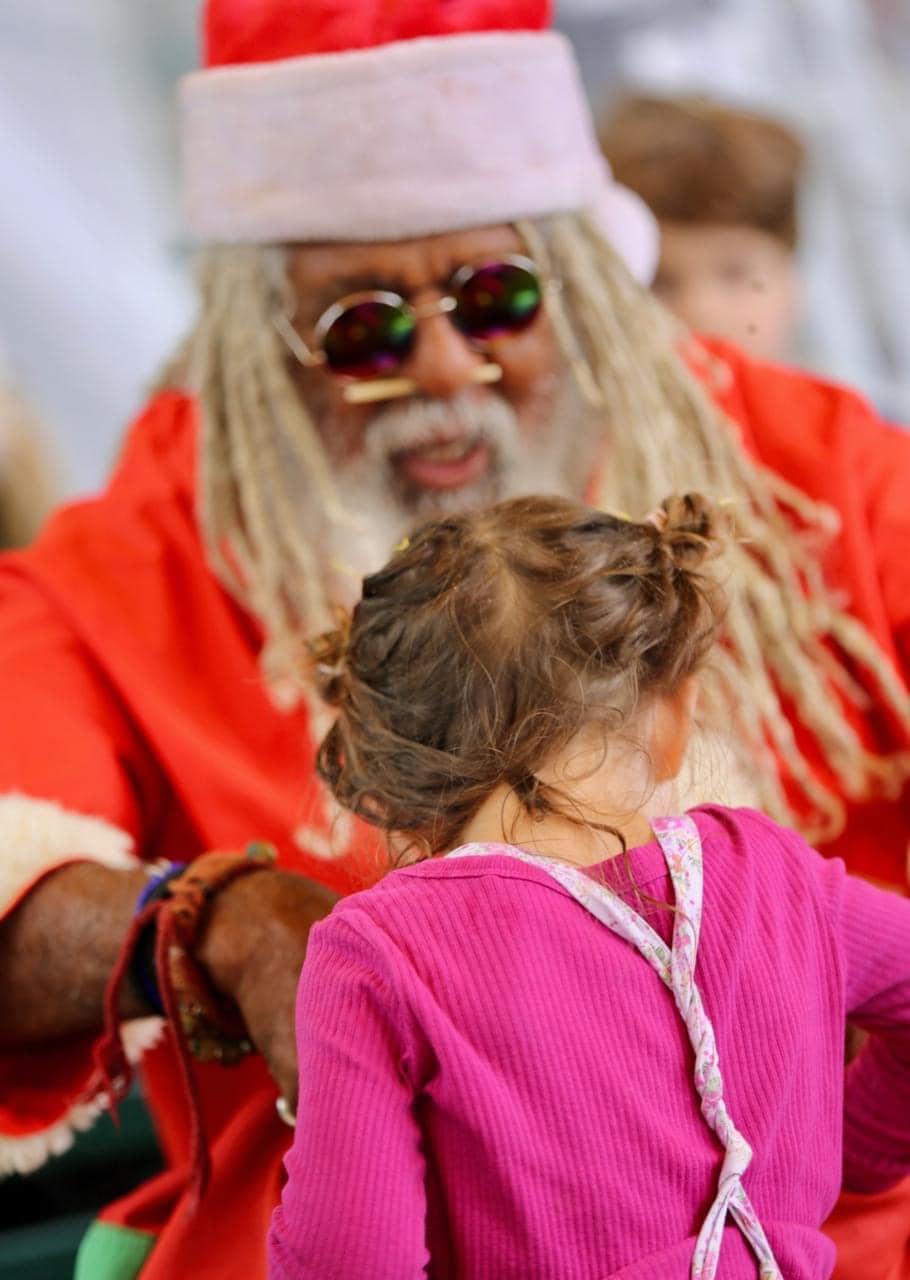
Crocodiles have been around for 200 million years and are a descendant from the dinosaur age.
In the Northern Territory (NT) common names for saltwater crocodiles include estuarine crocodile, saltie and croc. There are also many different Indigenous language names for saltwater crocodiles.
The scientific name for saltwater crocodiles is Crocodylus porosus.
And we could continue on this disparation for a while .. but in order to continue, what's worth onioning *:
Size of saltwater crocodiles
According to: https://nt.gov.au/environment/animals/wildlife-in-nt/crocodiles
The saltwater crocodile is the largest living reptile species. It can grow up to 6m and is a serious threat to humans.
Females usually reach maturity when around 2.3m in length. Males mature at around 3.3m. Farmed crocodiles grow faster and mature earlier that those in the wild.
The average saltwater crocodile egg weighs 110g and the average hatchling weighs 70g at a total length of 29cm. Their head length is 4cm and snout to cloaca length is 14cm.
Where to find Kids in Kenilworth?
The Christmas creatures of Kenilworth. Little arctic snow fox Pippi and special Santa extraordinar.


Hunting ability of crocodiles
Saltwater crocodiles have evolved special characteristics that make them excellent predators.
Large saltwater crocodiles can stay underwater for up to one hour because they can reduce their heart rate to two to three beats per minute.
This means that saltwater crocodiles can wait underwater until prey either swims nearby or approaches the water's edge.
Crocodiles have a 'minimum exposure' posture in the water, which means that only their sensory organs - eyes, cranial platform, ears and nostrils - stay out of the water. This means that they often go unseen by prey, but if they are seen it is hard to tell how big the crocodile is.
When under water, a special transparent eyelid protects the crocodile’s eye. This means that crocodiles can still see when they are completely submerged.
Crocodiles have special nerve endings on their jaws and on the underside of their body that help them to detect the movement of prey in the water.
About the crocodile body
Tail
The tail of a crocodile is solid muscle and a major source of power, making it a strong swimmer and able to make sudden lunges out of the water to capture prey. These strong muscles also mean that for shorts bursts of time crocodiles can move faster than humans can on land.
Eyes
Crocodiles have a thin layer of guanine crystals behind their retina. This intensifies images, allowing crocodiles to see better at low light levels.
Crocodile eyes are located very closely together and they are oriented forward. This enables them to judge distance very accurately so they can determine the exact location of their prey prior to attack.
Hearing and smell
A crocodile's sense of hearing and smell is excellent when their head is above the water. This helps to locate prey, especially in poor light or low visibility.
Teeth and jaw
While crocodiles may regularly lose teeth, they have a second tooth sitting in reserve underneath the external tooth, which can replace the lost tooth.
The jaws of crocodiles are designed to generate enormous power when the jaws are closing. This enables them to quickly crush prey.
What crocodiles eat
The size of the saltwater crocodile prey is only limited by the crocodiles own size and strength.
Saltwater crocodiles mostly eat fish, but will eat almost anything that they can overpower which can include turtles, goannas, snakes, birds, livestock such as cattle, buffalo, wild boar and mud crabs.
Hatchlings and juvenile saltwater crocodiles feed on insects, crustaceans, small reptiles, frogs and small fish.
Breeding season of crocodiles
Saltwater crocodiles reach sexual maturity at 12 years for females and males at 16 years.
Females build mound nests from vegetation between November and May, and an average of 50 eggs are laid.
At 28°C to 30°C, 100% of eggs will be female. At 31°C, 50% will be female and 50% male. At 32°C, 100% of eggs will be male, and at 33°C to 34°C females will vary between 50% to 100%.
The eggs hatch from 75 days.
On average, only 25% of eggs will hatch and 54% of the hatchlings will survive the first year.
Only 1% of hatchlings are thought to survive to maturity in the wild.
Biggest crocodiles reported and caught
A 6.4m saltwater crocodile was caught in a net on the Mary River in 1974. The animal was killed and its head removed by an axe.
The biggest saltwater crocodile ever caught in a trap was just over 5m.
The biggest saltwater crocodile harpooned by the crocodile management team was 5m.
* Onioning: Onion routing is a technique for anonymous communication over a computer network. In an onion network, messages are encapsulated in layers of encryption, analogous to layers of an onion. The encrypted data is transmitted through a series of network nodes called onion routers, each of which "peels" away a single layer, uncovering the data's next destination.